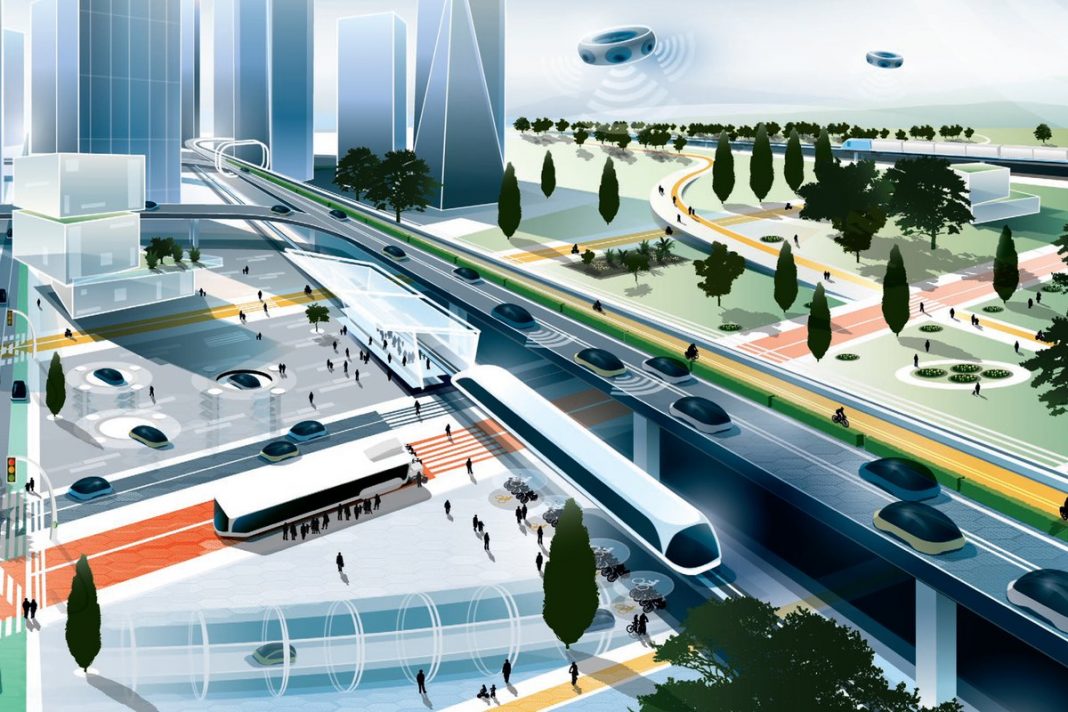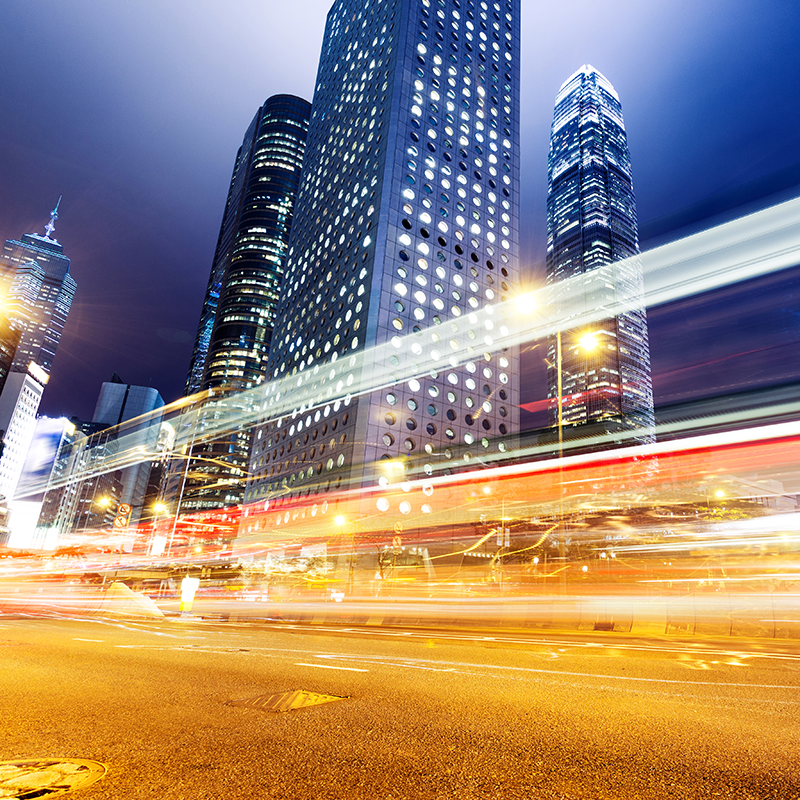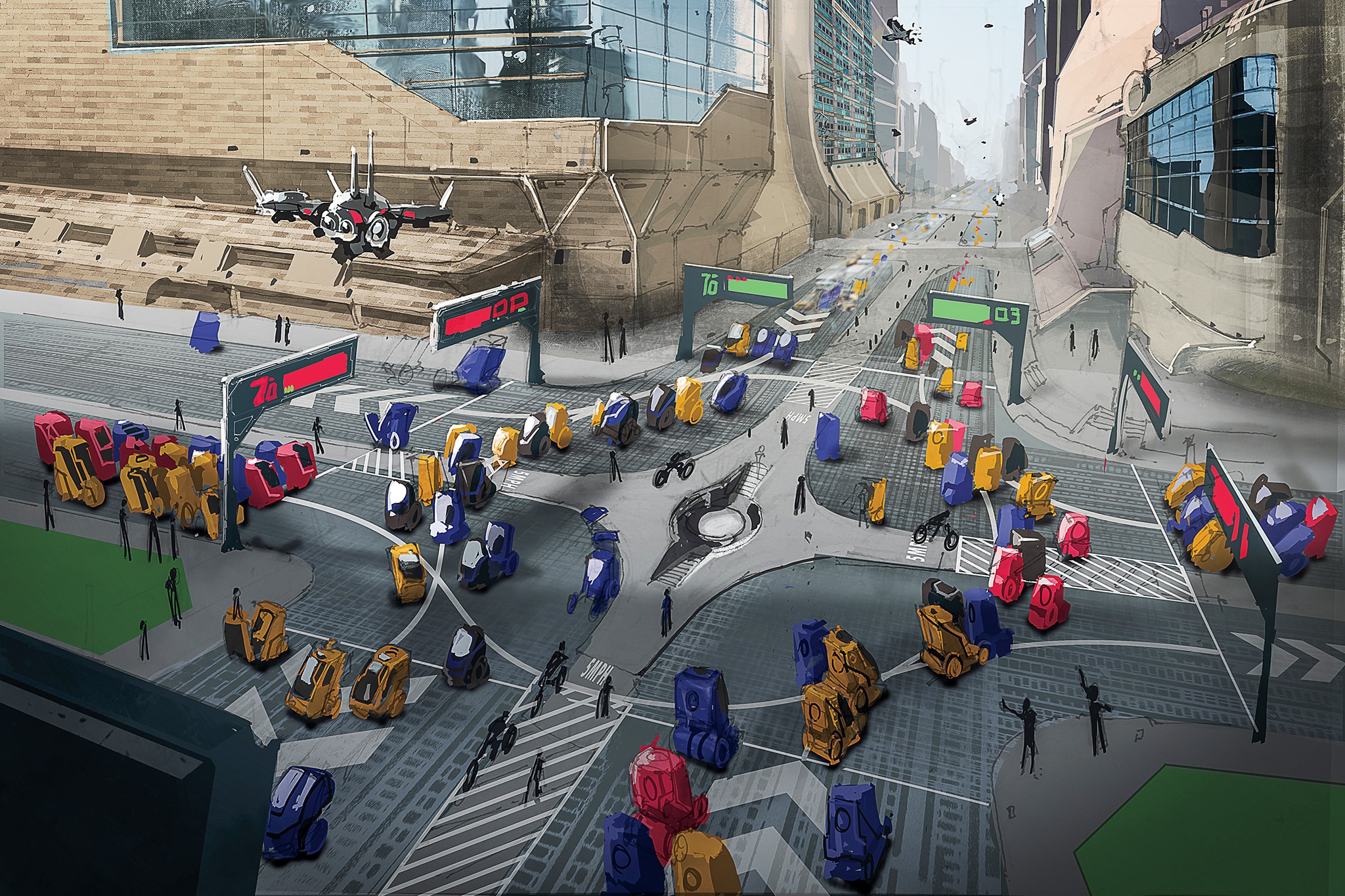What Is The Impact Of Architecture On Urban Mobility And Transportation?

The COVID-19 pandemic has taken the world by storm and has affected various aspects of our lives. One of the major changes that it has brought upon is the rethinking of urban mobility and city planning. With the advent of social distancing and the need for personal safety, urban planners are now urging for a revamp of the existing systems to cater to the new normal. In this post, we will discuss the various changes and their implications on urban mobility and city planning.
Shift towards Walking and Cycling
The pandemic has brought about a shift in focus towards the promotion of walking and cycling as a means of commuting. With the need for social distancing, people are apprehensive of using public transport, and hence are relying more on these two modes of transport. This shift has led to authorities around the world promoting cycling and walking by providing cheaper alternatives, such as e-bikes and rental facilities. For example, the city of Paris has announced its plans to create 650 kilometers of pop-up cycle lanes in the city.
Need for Improved Public Transport
While walking and cycling are being promoted, public transport is still a major mode of commuting for many people. Hence, there is a need to improve the existing public transport systems to cater to the new normal. This involves ensuring social distancing in buses and trains, promoting contactless payment methods, and increasing ventilation in enclosed spaces. The London Underground has already implemented a one-way system in many of its stations, and cities such as Mumbai have increased the frequency of trains to ensure social distancing.
Shift towards Decentralization
Many cities around the world have a centralized business district, which can lead to overcrowding and make social distancing a challenge. Hence, there is now a shift towards decentralization, which involves promoting the development of business centers in suburban areas. This leads to a more distributed workforce and reduces the need for travel. It also promotes the development of local business and increases the number of job opportunities in suburban areas.
Need for Increased Green Spaces
The pandemic has highlighted the need for increased green spaces in urban areas. With people stuck at home for extended periods, there is a need for open spaces where people can engage in physical activity or simply relax. This has led to cities around the world promoting the development of parks, gardens, and open spaces. For example, the city of Milan has announced plans to convert streets into pedestrian and cycling lanes and create 35 kilometers of new cycle tracks.
Shift towards Electric and Low-emission Vehicles
The pandemic has brought about a shift towards electric and low-emission vehicles. With the reduction in air pollution due to lockdowns, there is a renewed focus on reducing carbon emissions and promoting a cleaner environment. This has led to cities around the world promoting the use of electric and low-emission vehicles by providing incentives and charging infrastructure. For example, the city of Oslo in Norway has made public transport fares free for those using electric vehicles.
Need for Increased Housing Accessibility
The pandemic has highlighted the need for increased accessibility to housing. With the advent of work from home, there is a shift towards people wanting to live in larger housing and suburban areas. Hence, there is a need for cities to provide affordable housing in suburban areas and promote the development of satellite towns. This also reduces the need for travel and promotes local business.
Shift towards Technology-based Solutions
The pandemic has led to a shift towards technology-based solutions in urban mobility and city planning. This involves the use of technology to promote the use of public transport, provide real-time information about commuting options, and promote contactless payment methods. It also involves the use of data analytics to monitor commuting patterns and plan future developments. Cities around the world are investing heavily in technology to promote the development of smarter cities.
Need for Increased Health and Safety Measures
The pandemic has highlighted the need for increased health and safety measures in urban mobility and city planning. This involves ensuring that public transport and public spaces are regularly sanitized, promoting the use of masks and gloves, and ensuring social distancing measures are in place. It also involves the development of emergency response systems that are equipped to handle medical emergencies.
Conclusion
As we can see, the pandemic has brought about significant changes in urban mobility and city planning. These changes are necessary to cater to the new normal and ensure the safety of people. The shift towards walking and cycling, improved public transport, and decentralization are some of the major changes being implemented. These changes also promote a cleaner environment and increase job opportunities in suburban areas. With the focus on technology-based solutions and increased health and safety measures, we can look forward to a safer and more efficient system of urban mobility and city planning.
FAQ
What is the need for improved public transport?
Improved public transport is necessary to cater to the new normal and ensure social distancing in buses and trains.
How can cities promote walking and cycling?
Cities can promote walking and cycling by providing cheaper alternatives, such as e-bikes and rental facilities, and creating pop-up cycle lanes.
What is decentralization?
Decentralization involves promoting the development of business centers in suburban areas, which leads to a more distributed workforce and reduces the need for travel.
Why is there a need for increased green spaces?
Increased green spaces provide relief from urban life and promote physical activity. They also lead to a cleaner environment.
What is the shift towards electric and low-emission vehicles?
The shift towards electric and low-emission vehicles is a result of the need for reducing carbon emissions and promoting a cleaner environment.
What is technology-based solutions?
Technology-based solutions involve the use of technology to promote the use of public transport, provide real-time information about commuting options, and promote contactless payment methods.
What is the need for increased health and safety measures?
The need for increased health and safety measures is necessary to ensure that public transport and public spaces are regularly sanitized and promote social distancing and the development of emergency response systems.




Post a Comment for "What Is The Impact Of Architecture On Urban Mobility And Transportation?"